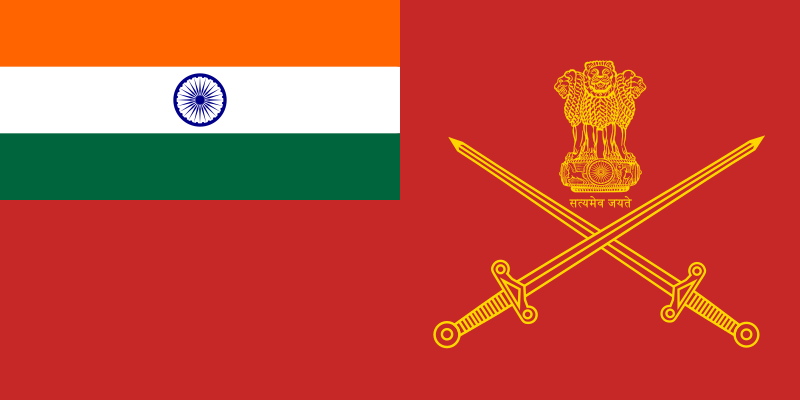
NEW DELHI (PTI): Proactive steps being taken to facilitate "seamless roll-out" of integrated theatre commands, harnessing indigenous solutions via AI and machine learning and boosting defence diplomacy is part of the Army's blueprint for the road ahead in 2025, declared 'year of reforms'.
In a landmark announcement on January 1, Defence Minister Rajnath Singh had declared 2025 as the 'year of reforms', signalling a decisive shift towards a more agile, technologically advanced and combat-ready armed forces.
This visionary declaration encompasses nine broad areas of focus aimed at transforming India's defence apparatus into a "21st-century powerhouse" capable of executing multi-domain integrated operations. The Indian Army has "swiftly aligned" its transformative initiatives with this roadmap to "chart its course towards a future-ready army", defence sources said on Wednesday.
The 'year of reforms' comes on the heels of the Army earlier declaring the 'year of transformation (2023) and 'year of technology absorption' (2024-2025).
However, acknowledging the "long gestation period required for meaningful change", the Army has already identified 2023 to 2032 as the 'decade of transformation'. The announcement of 2025 as the 'year of reforms' "provides strategic direction and impetus to this long-term initiative", a source said.
The Army's comprehensive approach to reform is anchored across five key pillars – jointness and integration; force restructuring, modernisation and technology infusion; systems and processes; and human resource management, sources in the defence establishment said.
"Proactive steps are being taken to facilitate the seamless roll out of integrated theatre commands," the source said.
Initiatives such as "joint doctrines, shared tactics, and cross-service staffing" between the Army, Navy and Air Force are "fostering a synchronised approach to operations", the sources said.
The integration of Central Armed Police Forces (CAPFs) and inter-ministerial postings are further enhancing interoperability, creating an ecosystem of shared understanding, synchronized capability development and operational efficiency, they added.
As part of its blueprint for 2025, the Army has also planned to harness emerging domains and technologies such as AI and machine learning.
New domains such as cyber, space and artificial intelligence (AI) have opened unprecedented opportunities. The Indian Army is "resolute in its focus" on harnessing indigenous solutions through AI, machine learning, hypersonic technology and robotics to bolster its capabilities, the source said.
"The creation of specialised units to leverage niche technologies and newer domains is under active consideration, with existing structures being revamped to facilitate combined arms operations in a multi-domain environment," he added.
The Army is also undertaking a "thorough review of legacy practices and structures" to enhance operational efficiency.
"Delayering organisational hierarchies, digitising processes and implementing in-house automated solutions are integral to this overhaul. Procurement procedures are being streamlined in coordination with stakeholders to ensure reduced timelines and greater alignment with the technology curve, enabling faster and more effective acquisition of critical assets," the source said.
Sources in the defence establishment also said defence diplomacy remains a key facet of the reform agenda.
"Bilateral and multilateral engagements, defence expositions and defence attaché networks will be leveraged to showcase indigenous defence capabilities and promote the Indian defence industry on the global stage. This approach aims to position India as a key player in the international defence ecosystem," the source said.
Also, human resource management, a cornerstone of the Indian Army’s strength, is receiving "renewed focus". Policy reviews and initiatives are being undertaken to cultivate a motivated and proud workforce, deeply rooted in India’s military heritage and traditions. Special emphasis is being placed on the induction of women, the Agnipath scheme and veterans’ welfare, ensuring a "well-rounded approach to talent management", they said.
The 'year of reforms' reinforces the Indian Army’s commitment to "evolving in step with global militaries". With reforms aimed at enhancing operational readiness, embracing technological advancements and fostering jointness, the force stands resolute in its mission to transform into a future-ready force, the sources said.
Aligned with the national vision of becoming a 'Viksit Bharat' by 2047, the Army remains a "vital pillar" in India’s journey towards becoming a global leader, they said.
"By adapting to the evolving dynamics of warfare and reinforcing its core strengths, the Indian Army is poised to play a pivotal role in securing the nation’s future. The journey of transformation continues, with 2025 marking a significant milestone in the Army’s relentless pursuit of excellence," the source said.
 Previous Article
Previous Article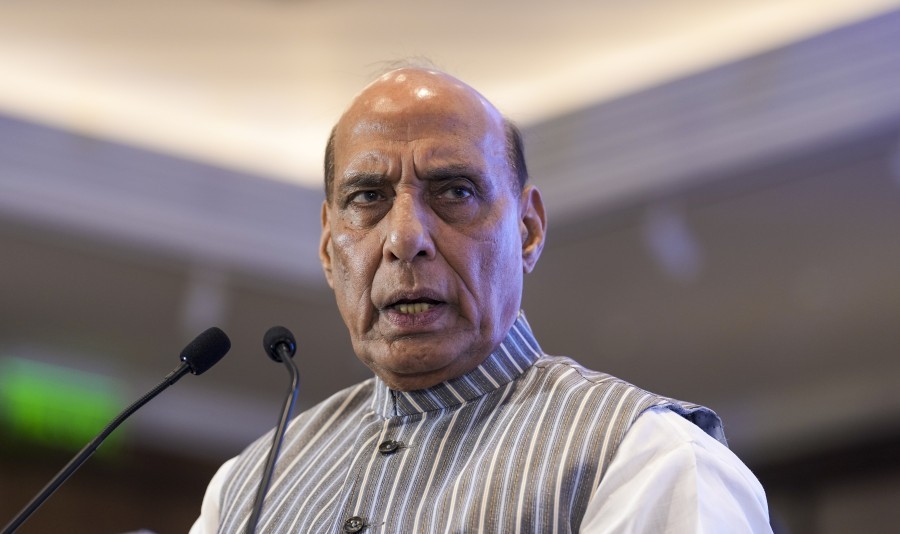 Next Article
Next Article
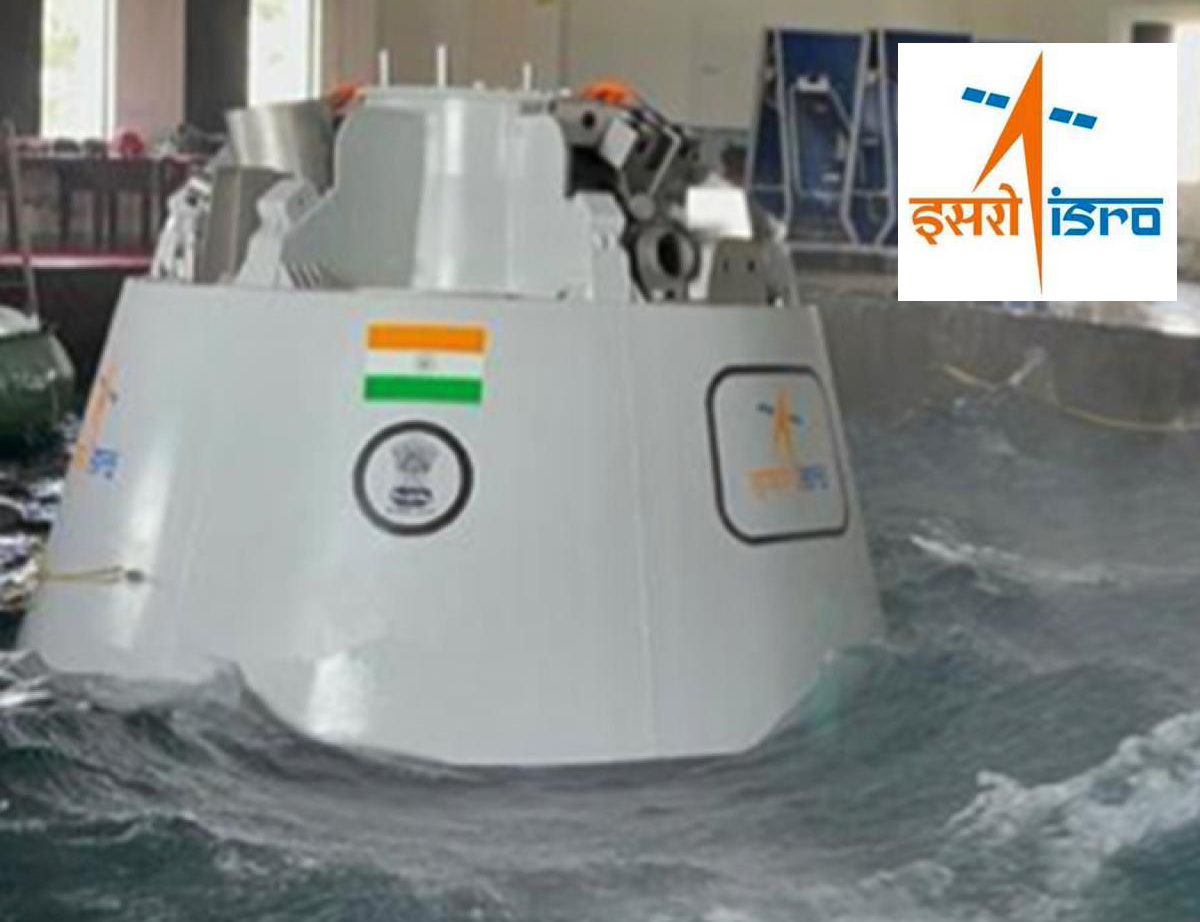
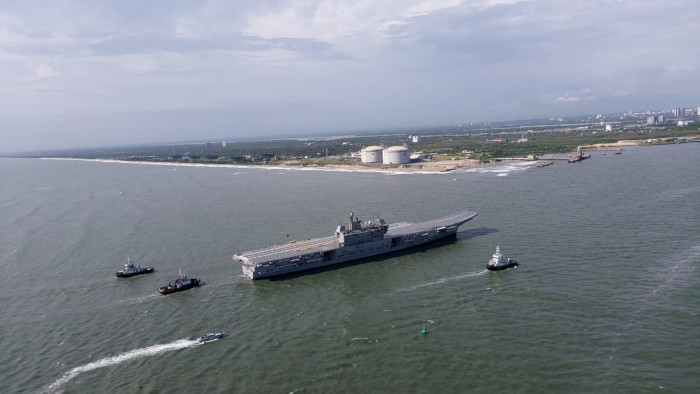
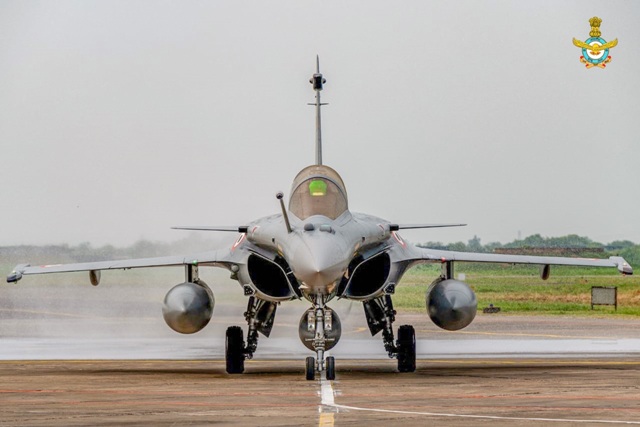










The Indian Air Force, in its flight trials evaluation report submitted before the Defence Ministry l..
view articleAn insight into the Medium Multi-Role Combat Aircraft competition...
view articleSky enthusiasts can now spot the International Space Station (ISS) commanded by Indian-American astr..
view article